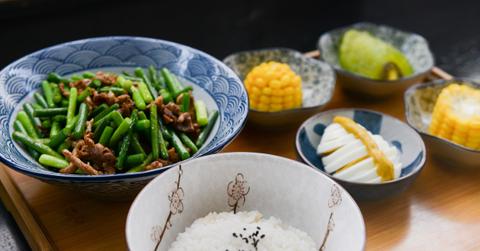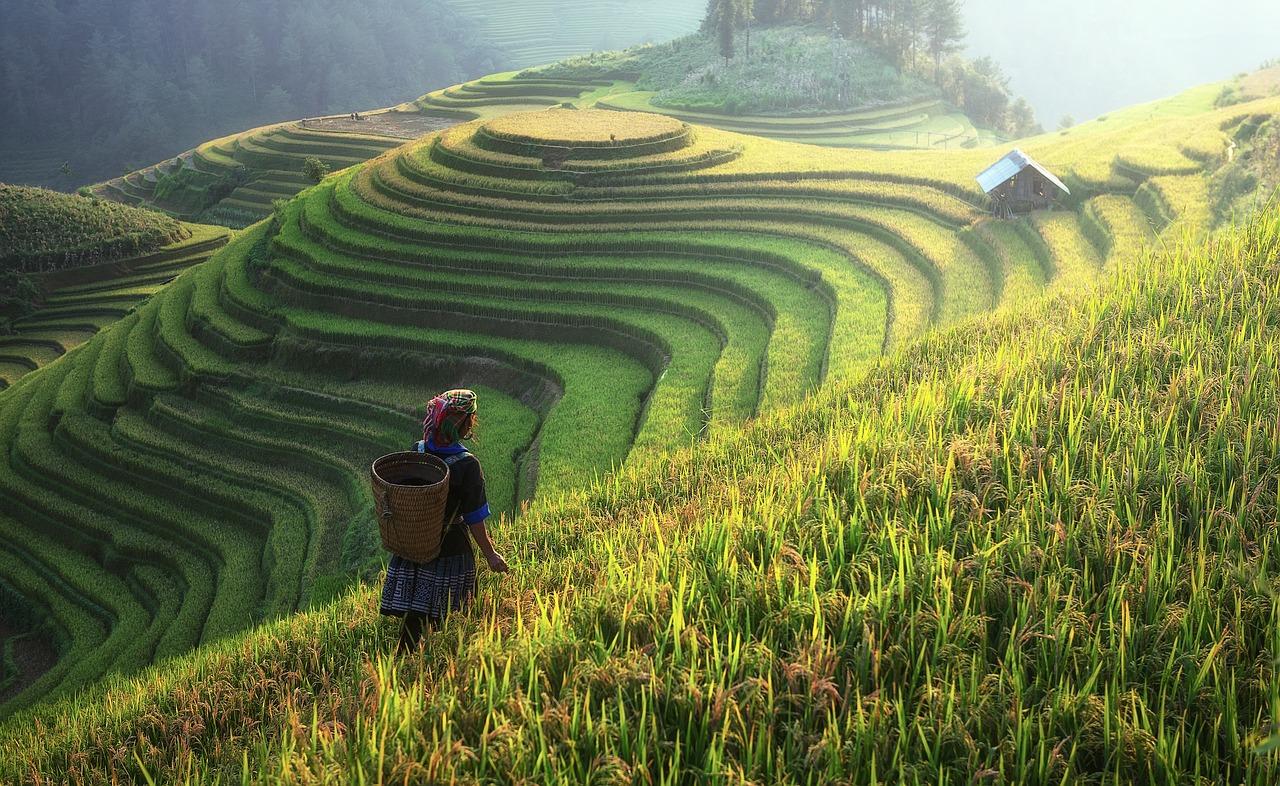'Slow Food' Movement Heads To China To Promote Local Foods
China continues to deal with rising population in their cities, and that includes immigration from other regions of the country. To promote local food growth, 1,000 "Slow Food" villages will be created in an effort to educate those on culture and sustainability.
Updated May 13 2019, 5:33 p.m. ET
As China’s population continues to grow, the country is adopting the “Slow Food” movement. Their first village, created by Stefano Boeri Architetti (SBA), was recently presented at the 16th Venice Biennial. It’s expected to be the first of 1,000 Slow Food villages in China over the next five years.
What is the Slow Food movement? No, it doesn’t involve restaurants that still put condiments in glass bottles, forcing you to painfully wait for ketchup on your plate. It’s a campaign that promotes good, clean, and fair food for all communities around the world. The movement originated back in 1989 in Italy and has now spread to over 160 countries.
Italian food columnist and social activist Carlo Petrini was behind the start of it all, reminding people that locally produced was still important in an era where the fast food industry. It was important to promote this food and protecting our resources for later generations. There were also efforts to improve labor conditions.
“If food was no longer obliged to make intercontinental journeys, but stayed part of a system in which it can be consumed over short distances, we would save a lot of energy and carbon dioxide emissions,” Petrini said in his book, Terra Madre: Forging a New Global Network of Sustainable Food Communities. (“Terra Madre” is Italian for “Mother Earth”.)
China is hoping to return to their roots in terms of farming food locally and sustainably with a new Slow Village program, piloted by SBA. The idea was announced last October by Slow Food Great China, and it would be located near the capital city of the Sichuan province, Chengdu.
According to Inhabitat, SBA will create a school, library, and small museum in the community for free. They’ll all provide education on the three important factors that the Slow Food movement is established on. This includes how to establish a healthy diet, how to preserve the environment, and it will promote their local food and history.
“Farmers’ interests have been sacrificed. Many people who now live in towns and cities, but who were born and grew up in villages have nowhere to return to,” Sun Qun, founder of Slow food Great China, told the South China Morning Post. “Some people have made billions of yuan, but they can’t save their home villages from vanishing.”
This pilot project is only the tip of the iceberg for the movement. 1,000 Slow Food villages will be created over the next five years. The idea is to keep Chinese residents in their own regions instead of immigrating to already overpopulated cities.
“We easily forget that the rural areas provide sustainability to our daily lives,” Stefano Boeri told Inhabitat. “It is an inevitable necessity of architecture to confront the speed of evolution while also feeding it with the richness of the past. For this reason, we have proposed to enhance the agricultural villages with a system of small but precious catalysts of local culture...”
Slow Food has made the migration over to the United States with over 200 chapters established around the country. Slow Food Nations, a three-day event beginning July 13th in Denver, Colorado, will promote culture and local food. Along with free samples and activities, ticketed activities include a summit on the opening day and Colorado Fare, which is essentially an upgrade to gourmet food and unique drinks.


